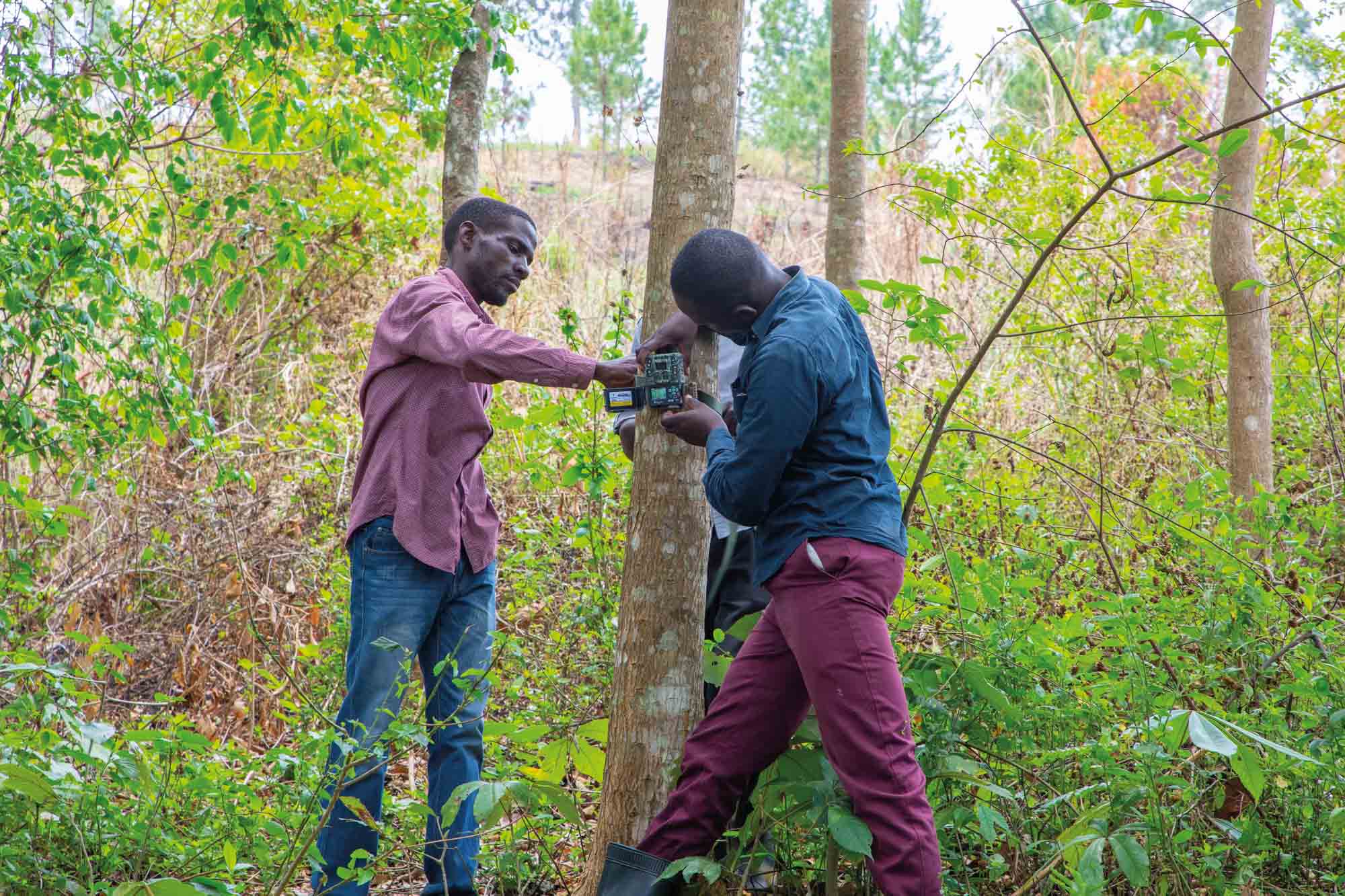
During a recent visit to the Murchison Landscape with the International Institute for Environment and Development (IIED), we had the opportunity to explore the Ongo Community Forest, a vital conservation site spanning 192 hectares of communal land in Budongo Subcounty, Masindi District. Ongo Community Forest is one of the few community forests in Uganda with secure tenure, supporting the livelihoods of local community members and managed by the Ongo Communal Land Association (CLA). The forest also serves as a pilot site for the Darwin-funded Bio-credits project, aimed at enhancing biodiversity conservation.
As we walked through the forest to assess progress on biodiversity conservation efforts, we had the privilege of speaking with Helen Olaro, the chairperson of the Ongo CLA. She shared insights into the group’s long-standing commitment to protecting their forest. Since 2014, they have planted indigenous trees on 50 acres around the forest boundaries, covering the four villages of Abangi, Onieni, Ogadra, and Kibali. The initiative aimed to buffer the boundaries and deter encroachment. While most of the boundary planting was completed, a small section in Kibali village remains under development. Today, the boundary is well protected with trees.
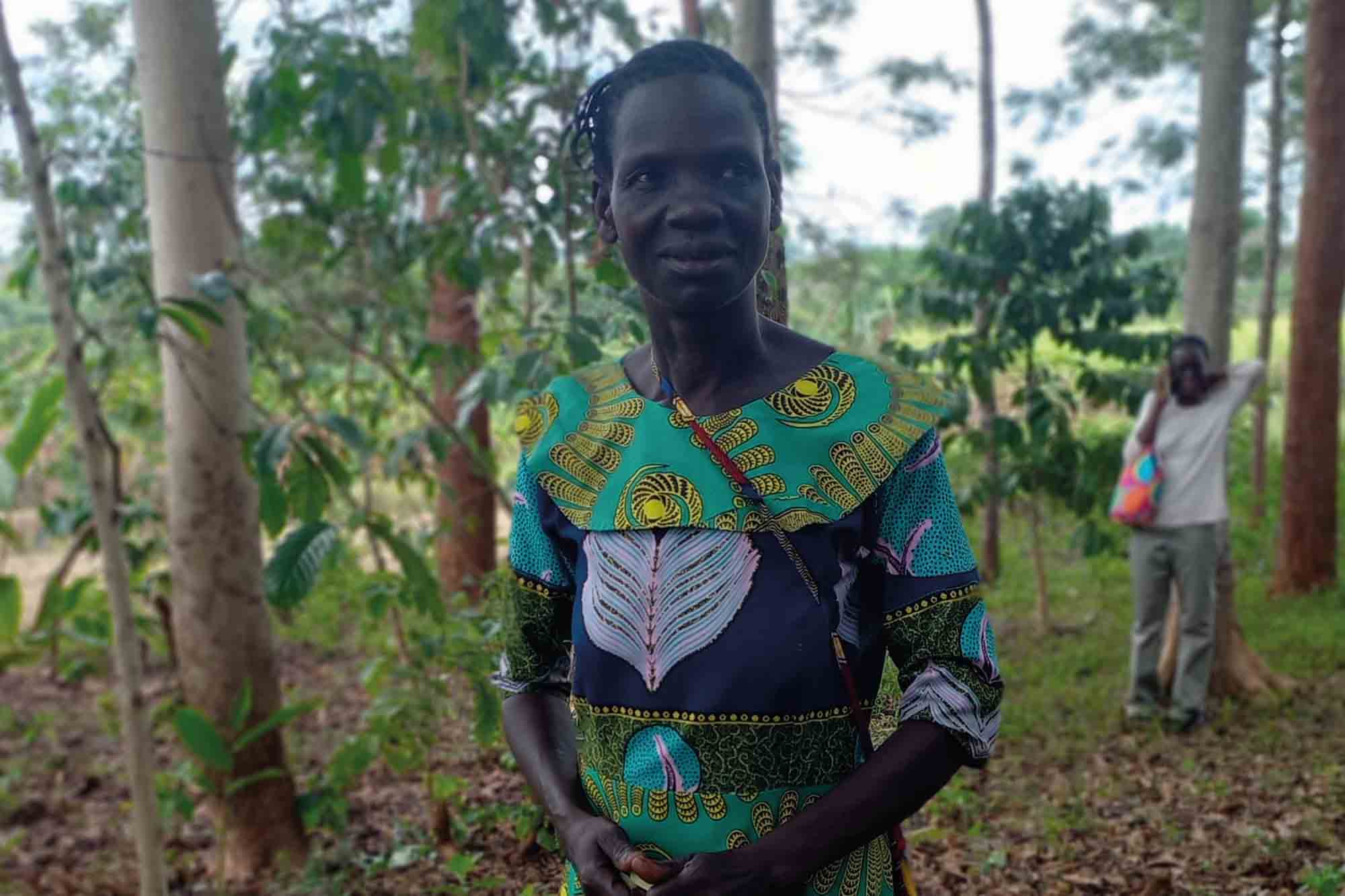
Helen described the challenges they faced during the boundary planting process. In the dry season, livestock grazed on the seedlings, damaging them in the process. In addition, some community members encroached on the land for cultivation. To address these challenges, the CLA executive committee convened a meeting involving local authorities. They reached a solution to allocate grassland plots within the CLA for rotational cultivation while strictly enforcing the protection of trees. This resolution has helped maintain peace within the community while ensuring the conservation of the forest.
Helen expressed her satisfaction in seeing all members of her community benefiting from the Ongo Forest. The CLA has designated Wednesdays and Saturdays for community members to collect firewood from the forest, ensuring that forest resources are used sustainably. The Ongo CLA Executive Committee consists of nine members—four women and five men—with designated roles overseeing youth engagement, elderly affairs, people with disabilities, tree planting, boundary maintenance, and forest patrols. Currently, the association has 165 members, including 50 youth and 82 women. The youth have played a significant role in conservation efforts, bringing energy and enthusiasm to activities such as biodiversity monitoring and forest patrols.
During our visit, Helen welcomed us to her home, which sits at the boundary of the community forest. She has planted jackfruit trees near her garden as an alternative food source for chimpanzees. In the past, chimpanzees strayed into her gardens to feed on her crops, but this strategic planting has helped reduce human-wildlife conflict. She also showed us a chimpanzee nest built within her private trees, where a family of chimpanzees occasionally resides, especially after giving birth. She has even named the chimpanzees and has embraced their presence as part of the ecosystem.
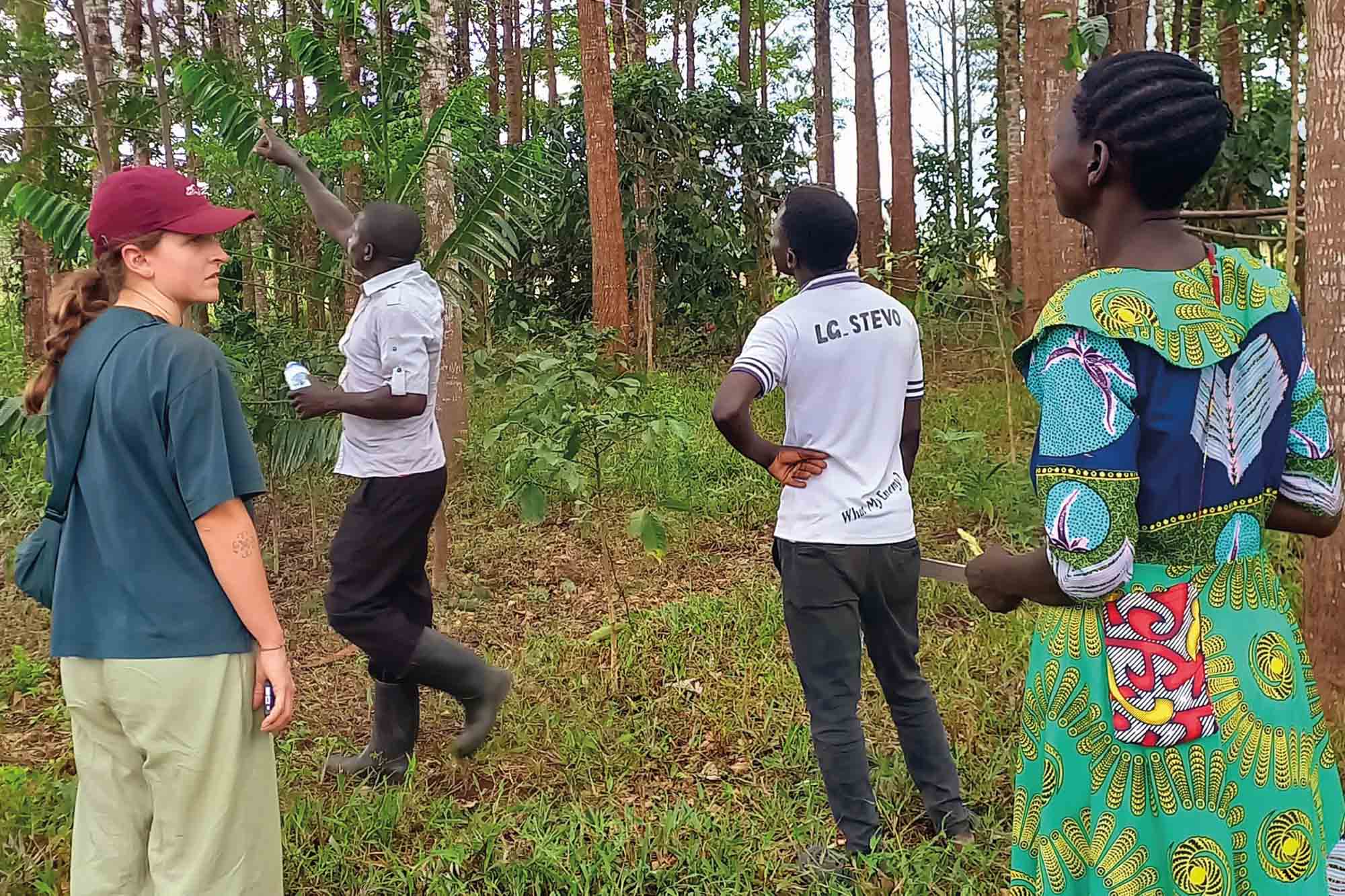
Helen has planted 1,500 trees on her private land under the Trees for Global Benefits (TGB) carbon scheme, with her trees now 12 years old. Through earnings from carbon payments, she has been able to construct houses, pay her children’s school fees, and invest in small businesses. She is currently building a larger permanent house for her family. Her success has inspired several other community members to join the project.
Looking ahead, Helen envisions Ongo Community Forest as a prime location for eco-tourism, particularly for research on diverse species of plants, birds, and mammals. She hopes that developing eco-tourism initiatives will provide additional economic benefits to the community while reinforcing conservation efforts.

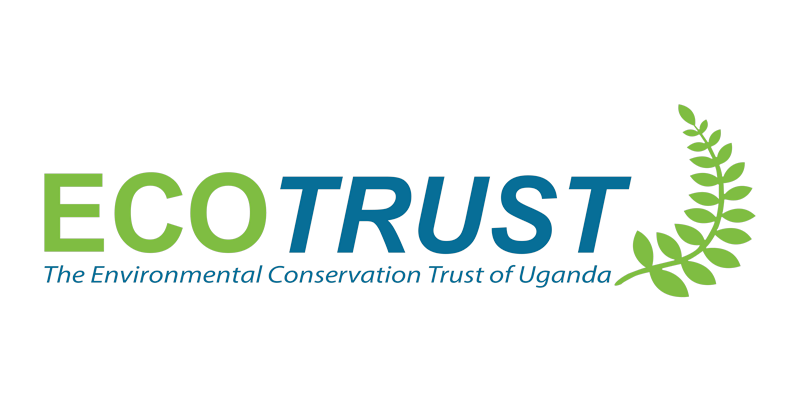

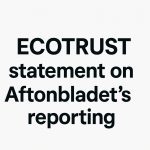
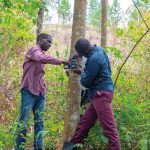
Follow Us On